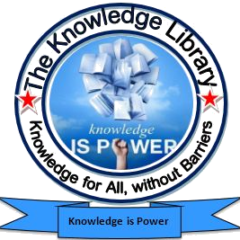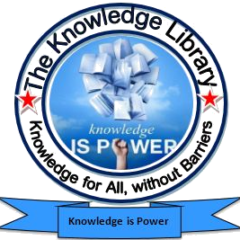Nanocrystals
Definition
Nanocrystals are crystals that have at least one dimension in the nanometer range (1–100 nm).
They are made up of a regular arrangement of atoms or molecules, just like bulk crystals, but because they are so tiny, they show unique optical, electronic, and mechanical properties that normal crystals do not.
In simple words: Nanocrystals = very tiny crystals at nanoscale with special properties.
Key Properties of Nanocrystals
-
Quantum Effects:
-
Their small size causes quantum confinement, changing how they absorb and emit light.
-
Example: Nanocrystals can glow in different colors depending on their size.
-
-
Large Surface Area:
-
More reactive compared to bulk crystals.
-
-
Optical Properties:
-
Can absorb and emit light at specific wavelengths (used in LEDs, bioimaging).
-
-
Mechanical Properties:
-
Stronger and harder than bulk crystals.
-
-
Magnetic & Electronic Properties:
-
Can act differently at nanoscale, useful in data storage and electronics.
-
Examples of Nanocrystals
-
Quantum dots (semiconductor nanocrystals like CdSe, PbS).
-
Nanodiamonds (diamond particles at nanoscale).
-
Nanocrystalline metals (copper, iron).
-
Nanocrystalline cellulose (from plant fibers).
Applications of Nanocrystals
-
Medicine & Biology:
-
Imaging agents for detecting cancer or other diseases.
-
Drug delivery systems.
-
-
Electronics & Optoelectronics:
-
Quantum dot displays (QLED TVs).
-
Solar cells with higher efficiency.
-
Data storage.
-
-
Energy:
-
Batteries and supercapacitors.
-
Photovoltaics for renewable energy.
-
-
Environment:
-
Water purification (nanocrystalline filters).
-
-
Everyday Products:
-
Nanocrystalline coatings for scratch resistance.
-
Sunscreens with nanocrystalline zinc oxide or titanium dioxide.
-
Simple Analogy
Think of a big diamond crystal. Now, break it into tiny pieces a billion times smaller until each piece is just a few nanometers across.
-
These tiny crystals will shine differently, behave differently, and even change color depending on their size → that’s a nanocrystal.

